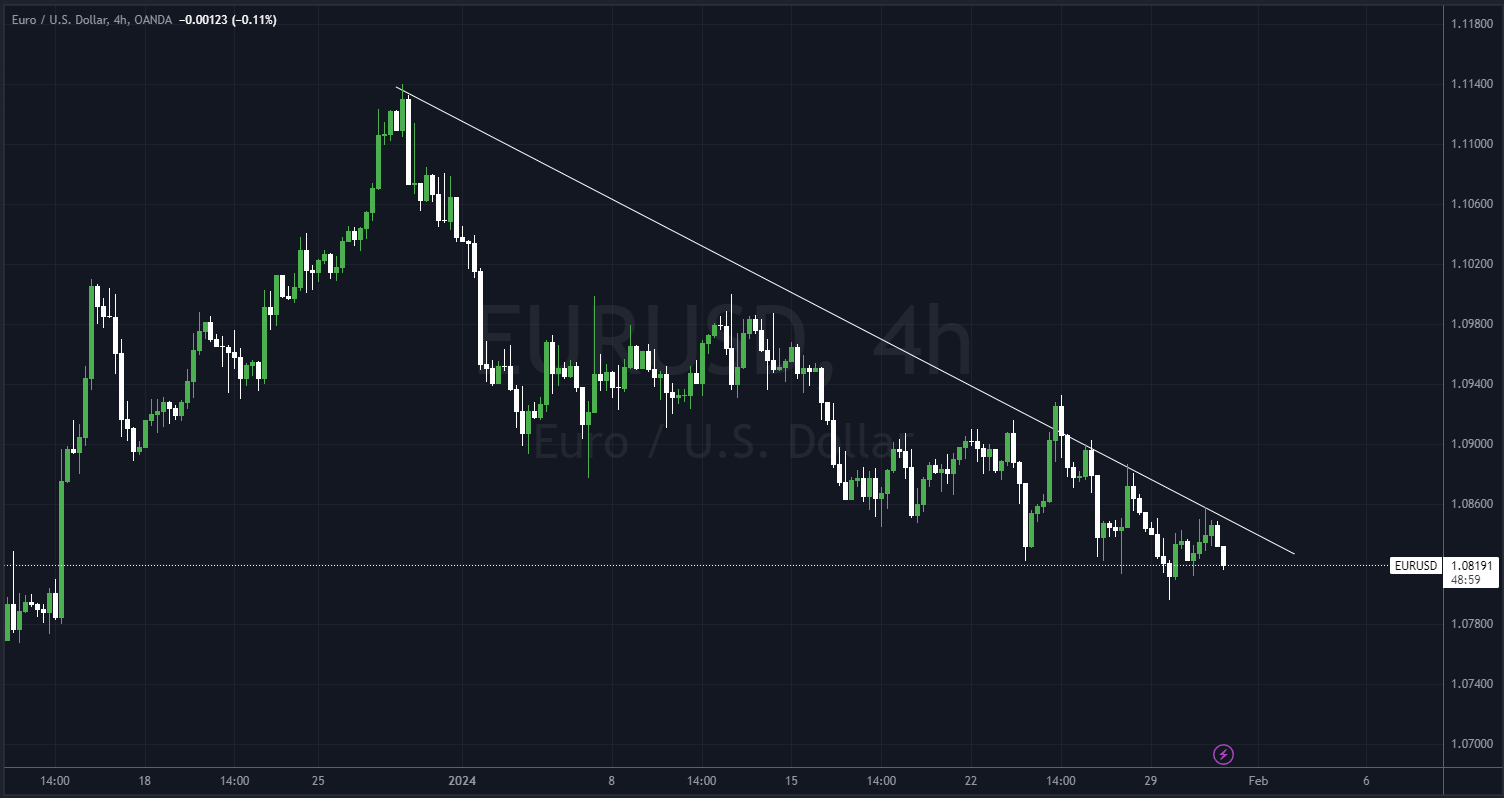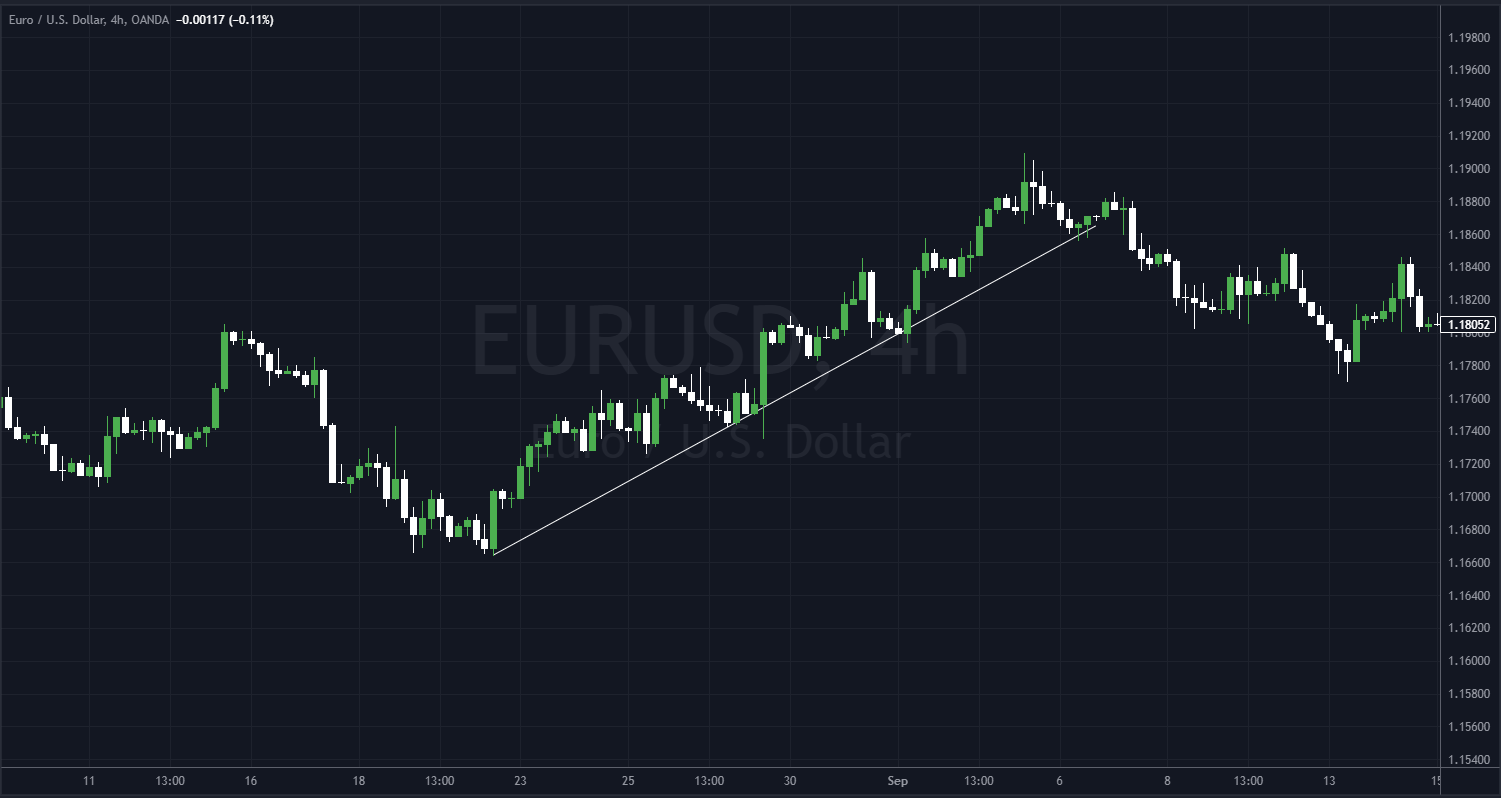Trading Signals 05/02 – 09/02
Simple Strategy for Beginner Traders

The key principle in effective Forex strategies for beginners is adherence to established rules. Untimely closed or missed trades often lead to significant losses. The temptation during currency trading is universal, affecting both experienced traders and novices alike. The market constantly tempts with various offers and options, challenging one’s discipline. The only way to avoid mistakes and losses is to rigorously follow the rules and recommendations of your chosen strategy.
Here’s a straightforward earning strategy applicable across various financial markets, including stock exchanges, Forex, and cryptocurrencies. The primary requirement is selecting a highly liquid instrument.
Liquidity refers to how quickly you can convert an instrument into cash with minimal losses due to the spread – the difference between buying and selling prices. It’s also crucial to consider the presence of a market trend for this strategy.
Understanding Trends in Simple Terms
A trend is a sustained directional movement of a price over a considerable period. Prices don’t move in a straight line in one direction; price movements are always accompanied by a series of rises and falls.
An ascending trend is identified when each new price peak (local maximum) and each new dip (local minimum) are higher than the previous ones. Conversely, a descending trend is observed when each new dip and rise are lower than the previous ones. For the trading strategy discussed here, the type of trend – ascending or descending – is irrelevant. The presence of a trend itself is what matters.
Example of a Descending Trend

Example of an Uptrend

Trading Strategy
Let’s study trading strategy. It’s incredibly simple: buy in an ascending trend and sell in a descending one. Buy at local minimums and sell at local maximums.
As the saying goes: “Trend is my friend”.
Pay special attention to position sizing (known as money management in trading):
- Open trades with no more than 2-5% of your trading deposit. For instance, if your deposit is $10,000, the trade amount should not exceed $200-500.
- The size of your Take Profit orders should be at least twice the size of your Stop Loss orders.
By following these two simple rules, you can protect your deposit from significant losses and have a good chance to increase it.
First, analyze the charts of financial instruments (stocks, futures, currency pairs, etc., depending on the market you plan to trade on) for a trend. As shown in the figure below, two points are needed to draw a trend line and identify the trend.
After drawing the trend line, wait for the price to reach it again and then open a position. In our example, we have a descending trend, so we execute a sell (open a SELL market order). Simultaneously with opening the position, set your Take Profit and Stop Loss orders.
To determine the distance for the TAKE PROFIT order, look at the size of the previous dip (the method for determining the order size is also shown in the figure below). The STOP LOSS order, as mentioned earlier, should be half the size of the take profit, set on the opposite side at half the distance.
Continue trading until the price breaks the STOP LOSS. Breaking this level could mean one of three things:
- Trend is correcting.
- Trend is transitioning to a flat.
- Trend is reversing.
In any case, stop trading until you identify the presence of another trend (by drawing its line).
Here’s a chart that schematically shows the sequence of the described actions:
Oil: A Review of Early 2024
China’s Economy: Early 2024
Currency Pairs Overview: EUR/USD, GBP/USD, and USD/JPY

